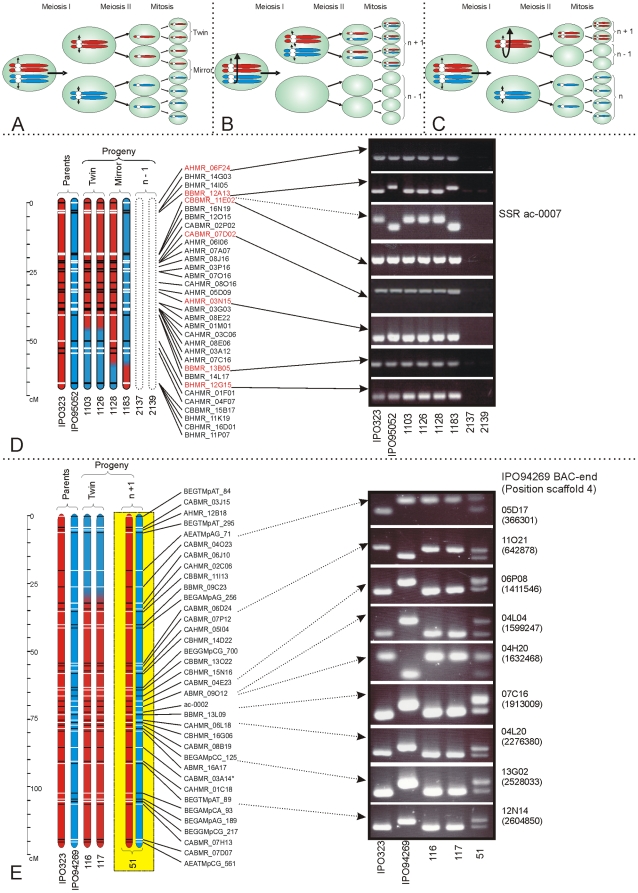Figure 2. Nondisjunction during meiosis in the haploid fungus Mycosphaerella graminicola results in chromosome number polymorphisms due to the loss or gain of specific chromosomes.
A. Meiosis starts with the merging of nuclei from two different strains, leading to a transitory diploid cell. Karyogamy is followed immediately by meiosis I and II, resulting in four haploid cells. These four cells are duplicated during a subsequent mitotic step, leading to eight ascospores per ascus. Each ascospore is genetically identical to one other ascospore within the same ascus. Such pairs of identical ascospores are called twins. We identified several twins in progenies of M. graminicola. When a strain of a descendant lacked one or more chromosomes, the twins originating from the first mitotic cell division after meiosis always appeared to lack the same chromosomes. This indicates that chromosomes are stable during mitosis but can be lost during meiosis. B. Chromosome loss during meiosis can be a result of failure of separation of homologous chromosomes during meiosis I, or C. of the failure of separation of sister chromatids during meiosis II. D. Graphical genotyping of LG 8. The chromosomal segments descending from IPO323 are rendered in red, and the segments from IPO95052 in blue. Markers are scored as present (black) or absent (white). As the marker scores on all linkage groups were identical for these two isolates, we concluded that the descendants 2137 and 2139 are twins. However, both isolates lack all markers located on LG 8. This is a clear indication of absence of this linkage group in these isolates. Strikingly, this linkage group is present in both parents. For further verification, seven DArT markers spanning the length of LG 8 were converted into simple PCR markers. In addition, one SSR marker was used. All markers appeared to be absent in the twin isolates 2137 and 2139. This confirms the absence of LG 8 in these twins and indicates nondisjunction during meiosis as the cause. E. Nondisjunction not only results in loss of a chromosome in one twin but also to disomy for that chromosome in another twin from the same ascus. The graphical genotyping of isolate #51 illustrates heterozygous disomy for LG 1, which was confirmed by a PCR screen for deletion markers that unequivocally showed the presence of two copies of this chromosome in this haploid fungus.

